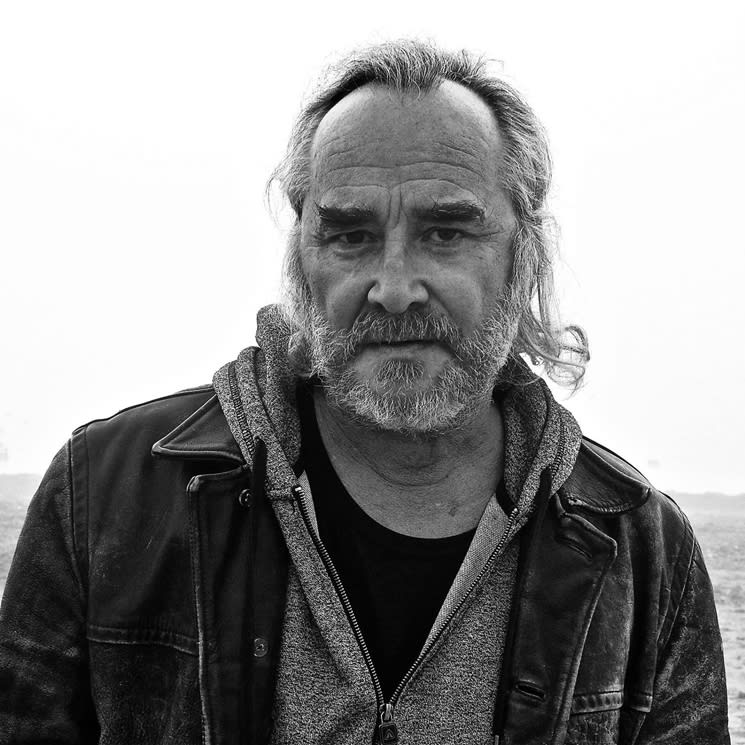Lanois' passing was confirmed by Tom Wilson (Blackie and the Rodeo Kings, Lee Harvey Osmond), who shared with the Hamilton Spectator that his friend and collaborator passed away "around dinner time." Wilson told the paper that "Hamilton has lost a jewel."
Across his long career, Lanois made musical and technical contributions to albums from younger brother Daniel Lanois, Simply Saucer, Emmylou Harris, Willie P. Bennett, Raffi, Sylvia Tyson, Blackie and the Rodeo Kings, Apostle of Hustle and more. Outside of music, Lanois was a photographer, filmmaker and abstract artist.
Bob and Daniel Lanois began recording and engineering music in the laundry room of their mother's home in Ancaster, ON. Naming the basement studio MSR (Master Sound Recordings), the two soon began holding sessions at a flat rate of $60, producing artists and local radio jingles. As their popularity grew locally, the brothers continued to build out the studio with gear they both purchased and built themselves.
One such piece of homemade gear featured at MSR was detailed by friend Bob Doidge in Michael Barclay, Ian A.D. Jack and Jason Schneider's book Have Not Been the Same: The Can-Rock Renaissance 1985–1995, as follows:
Bob made this huge thing — and people still talk about it today — that when you were all finished your mix, you'd put it through this thing called the 'Bob-ometer,'...It had two big dials and it was all welded shut so you couldn't get inside to find out what was in there. Bob knew what it did, and we sort of had an idea, but people would call up asking to use it before they went to Toronto to get their records mastered...the dials were big enough that when you turned them and asked people to listen for the change, they'd hear a change.
In 1975, Bob Lanois began looking for a more suitable studio space, and with Daniel and friend Bob Doidge, came to settle on an old Edwardian home in downtown Hamilton on Grant Avenue. The elder Lanois and a small team would spend the next year renovating the space, leading the trio to open Grant Avenue Studio in 1976. Doidge would become sole owner of Grant Avenue Studio in 1985.
Grant Avenue Studio's place in musical history is one that reaches beyond Canada, having played a role in recording and engineering releases from the likes U2, Johnny Cash, Brian Eno, Harold Budd, Jon Hassell and Ani DiFranco.
Closer to home, Grant Avenue can be found in the credits of albums from Canadians such as Gordon Lightfoot, Bruce Cockburn, Skydiggers, Cowboy Junkies, Stan Rogers, Martha and the Muffins, Tom Cochrane and Red Rider, Ian Thomas, Downchild Blues Band, Prairie Oyster, Ben Mink, the Northern Pikes, Loreena McKennitt, Shadowy Men on a Shadowy Planet and many others.
The 2000s would see Lanois open a studio dubbed the Shack in Waterdown, ON. It was here where he would complete The Shack Recordings: Part 1 alongside Wilson in 2005, which he would follow with solo debut Snake Road in 2006. Produced by Daniel Lanois, the nine-song effort captures a set of instrumental songs written by Bob on his primary instrument, the harmonica.
Find tributes to Lanois from friends and collaborators below.
Tweet not found
The embedded tweet could not be found…
Rave On Bob #boblanois
Fondly remembering Bob Lanois today. I remember the pressure of having him over for curry at my house in Hamilton at 21 so he could talk to my exboyfriend about a musical project. I sat enamoured by the conversation in the background. He was gentle, wild and creatively gifted.
We are deeply saddened to learn of the sudden passing of Bob Lanois,multi talented photographer,videographer,studio wizard,musician & long time friend/collaborator of ours,most recently in the role of "the janitor" in 'I Wanna Play'.Our thoughts are with his family now R.I.P. Bob
— The Trews (@thetrews) April 20, 2021





